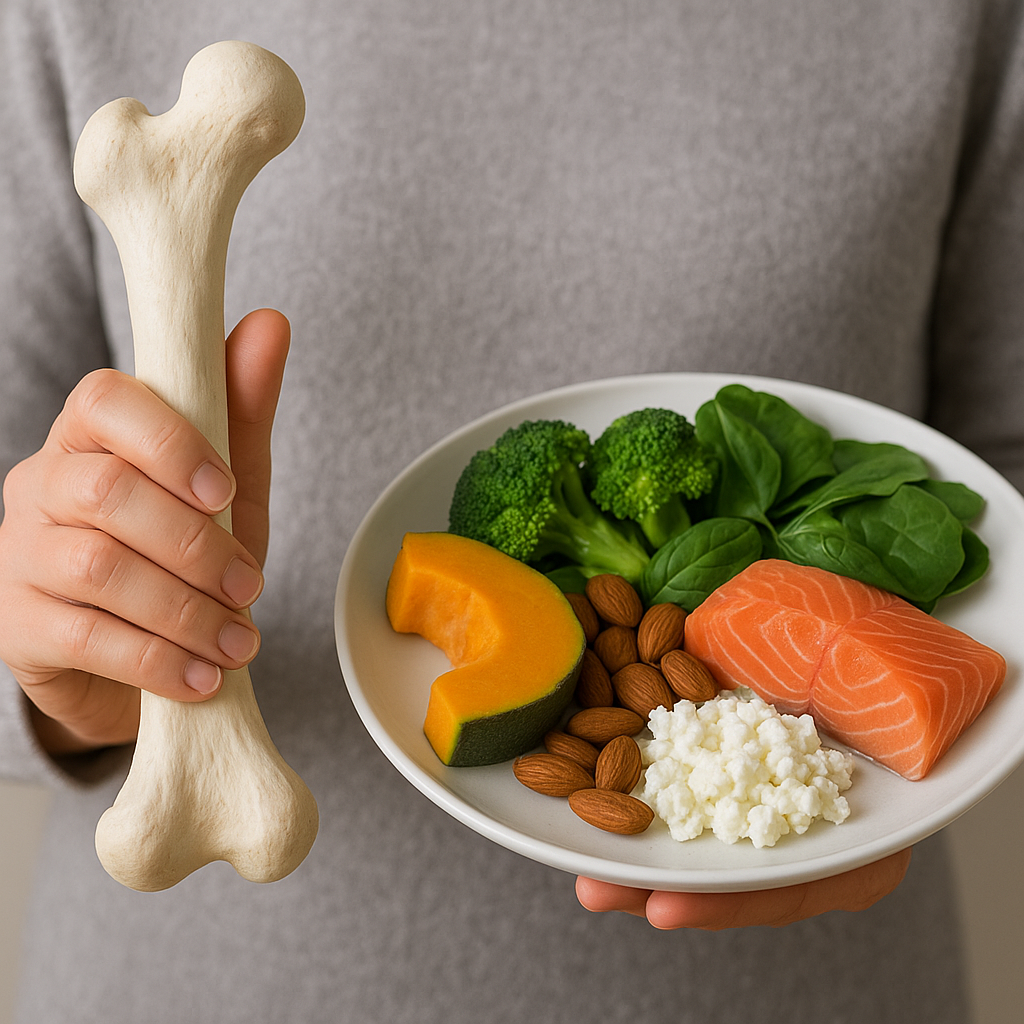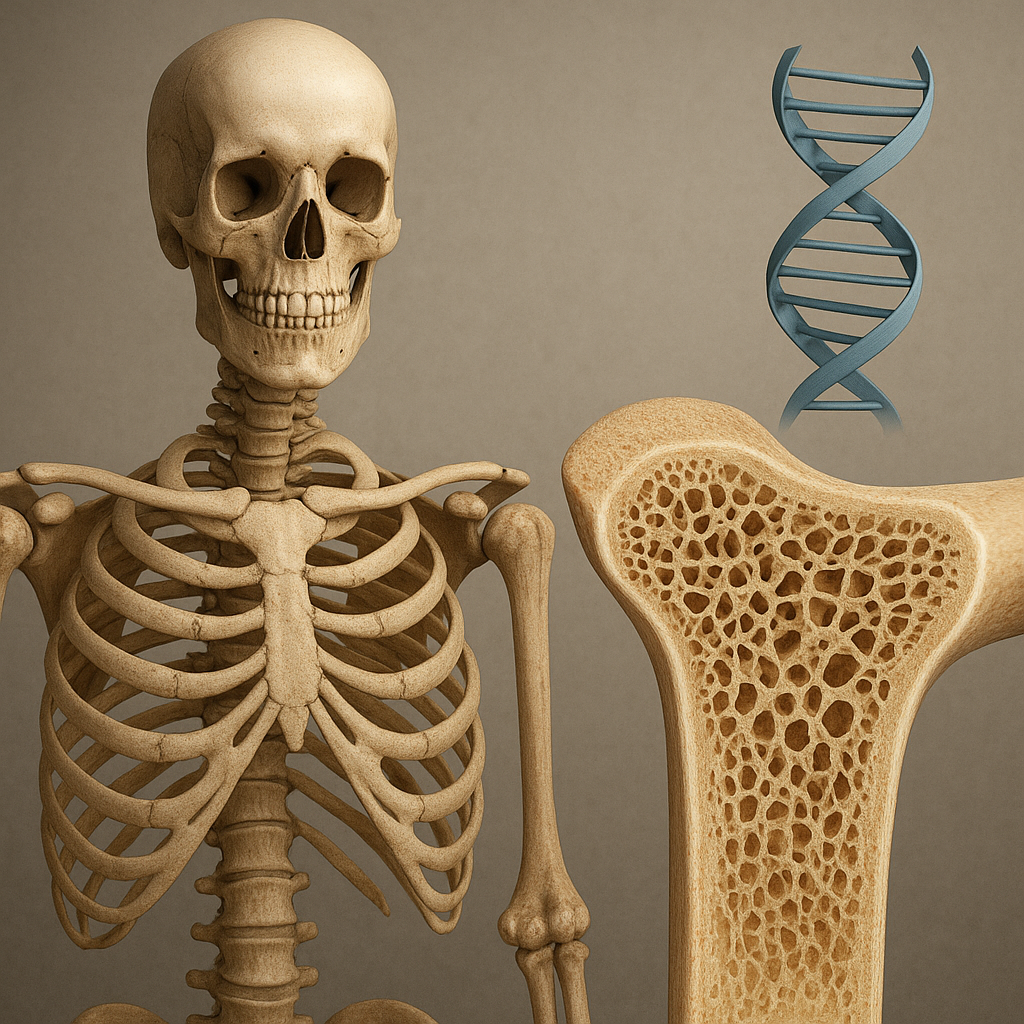The evolution of bones is a fascinating journey that reveals how skeletal structures have developed in animals over millions of years. This transformation has played a crucial role in the survival and adaptation of various species, allowing them to thrive in diverse environments. Understanding the evolution of bones not only sheds light on the history of life on Earth but also provides insights into the biological processes that govern the development of skeletal systems in modern animals.
The Origins of Skeletal Structures
The story of skeletal evolution begins in the early stages of life on Earth, with the emergence of simple organisms. The first living beings were primarily soft-bodied, lacking any hard structures. These organisms, such as jellyfish and sponges, relied on their soft tissues for movement and protection. However, as life evolved, the need for more complex structures became apparent.
One of the earliest forms of skeletal support can be traced back to the development of exoskeletons in arthropods. These external skeletons provided protection and support, allowing these creatures to thrive in various environments. The exoskeleton is made of chitin, a tough, flexible material that offers both strength and mobility. This adaptation was crucial for the survival of early arthropods, enabling them to exploit new ecological niches.
As vertebrates began to emerge, a significant shift occurred in the evolution of skeletal structures. The first vertebrates, which appeared around 500 million years ago, possessed a notochord—a flexible rod-like structure that provided support. Over time, this notochord evolved into a more complex skeletal system, leading to the development of bones.
The Transition to Bone
The transition from cartilage to bone marked a pivotal moment in the evolution of skeletal structures. Cartilage is a flexible tissue that provides support but lacks the rigidity of bone. Early vertebrates, such as jawless fish, had skeletons made primarily of cartilage. However, as these creatures evolved, the need for a more robust support system became evident.
Bone tissue is composed of a mineralized matrix that provides strength and durability. The first bony fish appeared around 400 million years ago, showcasing the advantages of a bony skeleton. This transition allowed for greater mobility, improved protection of vital organs, and the ability to grow larger in size. The evolution of bone also facilitated the development of more complex body structures, including limbs and jaws.
The Diversity of Skeletal Structures
As vertebrates continued to evolve, a remarkable diversity of skeletal structures emerged. Different lineages adapted their skeletal systems to suit their specific environments and lifestyles. For instance, the evolution of limbs in tetrapods allowed for the transition from aquatic to terrestrial life. This adaptation required significant changes in the skeletal structure, including the development of stronger bones and joints to support weight on land.
In contrast, marine mammals, such as whales and dolphins, underwent a different evolutionary path. Their ancestors were land-dwelling creatures that adapted to life in the water. Over time, their skeletal structures evolved to become streamlined and efficient for swimming. The forelimbs transformed into flippers, while the hind limbs became vestigial, illustrating the adaptability of skeletal systems in response to environmental pressures.
Bone Remodeling and Adaptation
One of the remarkable features of bone is its ability to remodel and adapt throughout an organism’s life. This process is influenced by various factors, including mechanical stress, hormonal changes, and nutritional status. Bones are dynamic structures that respond to the demands placed upon them, allowing for growth, repair, and adaptation to changing environments.
For example, athletes often experience changes in bone density and structure due to the increased mechanical stress placed on their skeletons during training. This phenomenon, known as Wolff’s Law, states that bone adapts to the loads under which it is placed. As a result, bones become denser and stronger in response to regular physical activity, highlighting the interplay between biology and environment in skeletal evolution.
The Future of Skeletal Evolution
As we look to the future, the evolution of bones continues to be influenced by various factors, including environmental changes, technological advancements, and human activities. Climate change, habitat destruction, and pollution pose significant challenges to many species, potentially impacting their skeletal development and overall survival.
Moreover, advancements in biotechnology and genetic engineering may offer new insights into the mechanisms of bone development and regeneration. Researchers are exploring ways to enhance bone healing and repair, which could have profound implications for medicine and orthopedics. Understanding the evolutionary processes that shaped skeletal structures can inform these efforts, providing a foundation for innovative approaches to bone health.
Conclusion
The evolution of bones is a testament to the adaptability and resilience of life on Earth. From the earliest soft-bodied organisms to the diverse array of skeletal structures seen in modern animals, the journey of skeletal evolution reflects the intricate interplay between biology and environment. As we continue to study and understand these processes, we gain valuable insights into the past, present, and future of life on our planet.













